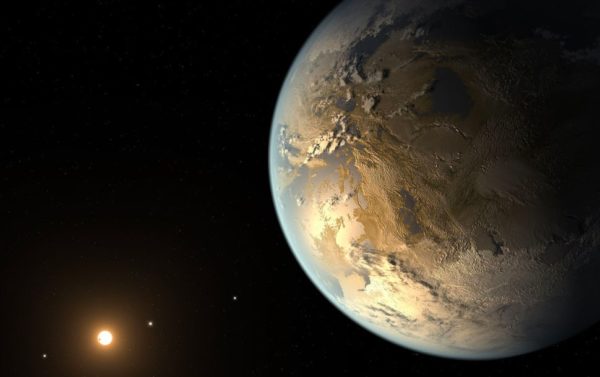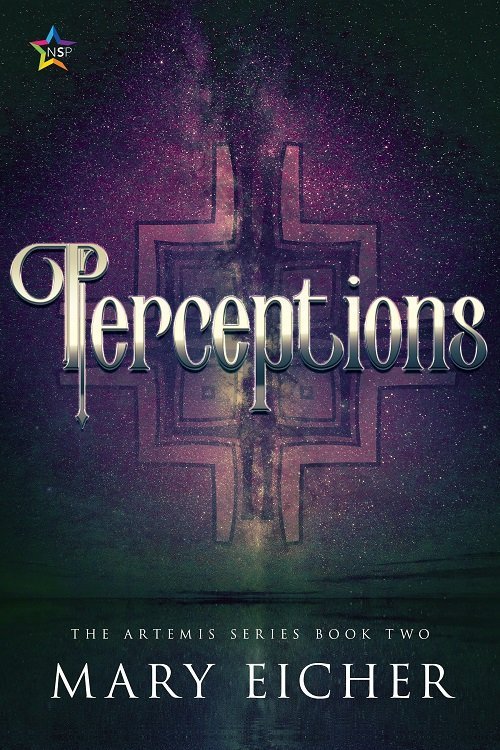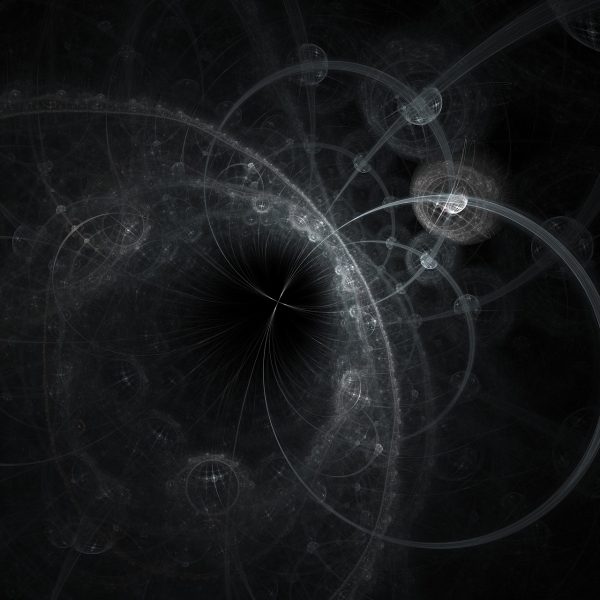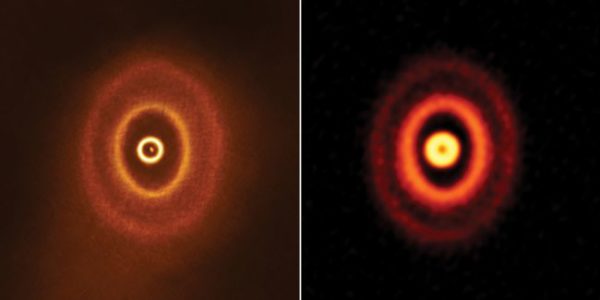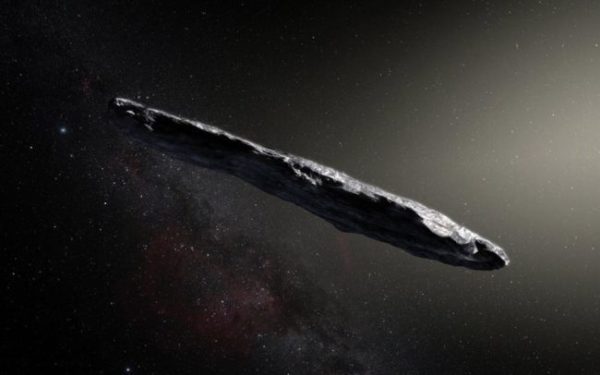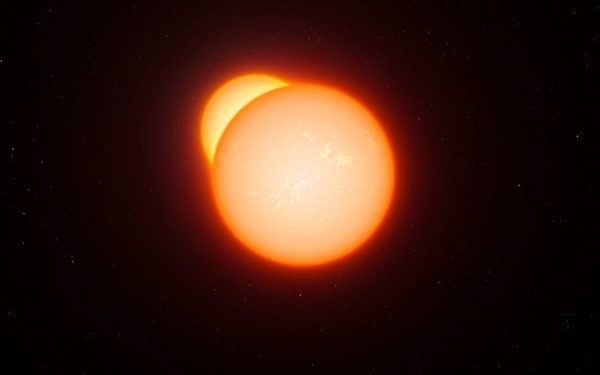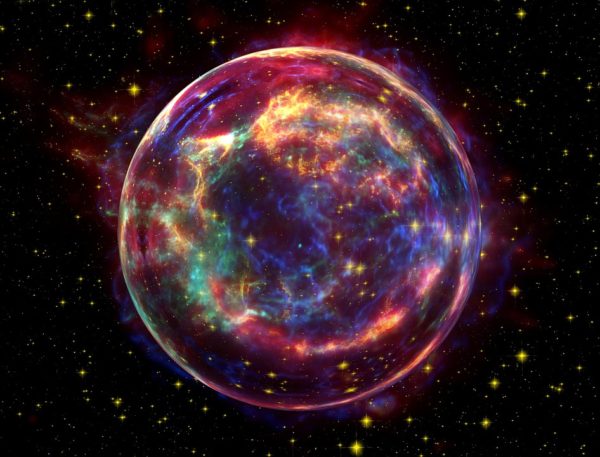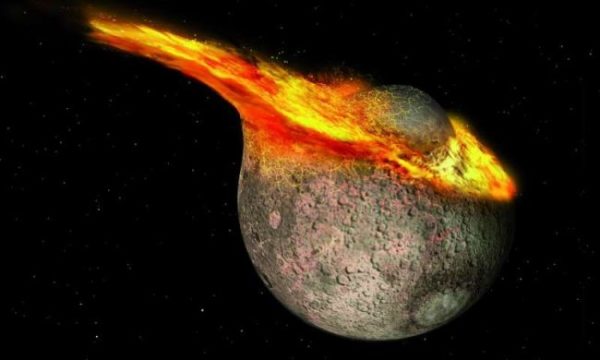SPACE: Bizarre Planet Might Have Vaporized Rock for “Air”
Scientists think they have identified a lava world so dramatic that it might boast a thin regional atmosphere of vaporized rock where it is closest to its star. That exoplanet is called K2-141b and was originally discovered in 2017. The world is about half again as big as Earth but orbits so close to its star, which is one class smaller than our own, that it completes several loops each Earth-day with the same surface permanently facing the star. Now, scientists predict those factors mean that two-thirds of the surface of K2-141b is permanently sunlit — so much so that … Read more




